When considering eco-friendly options for home improvement, fencing might not be the first thing that jumps to mind. Yet, traditional fences contribute to deforestation and environmental degradation.
As society wakes up to the impact of our choices, many are seeking greener alternatives. Have you considered hempcrete, bamboo, or even living fences? It’s time to look beyond the white picket fence to materials that respect both aesthetics and the planet.
Bamboo Fencing
Bamboo is the ultimate champion of renewable ingenuity. It grows at an astonishing rate, making it a highly sustainable resource for fence-building. Unlike trees that take decades to mature, bamboo reaches full height in just a few months.
Its tensile strength rivals that of steel, offering durability that other options might lack. Plus, the natural beauty of bamboo can lend an exotic vibe to your yard without the guilt. With options ranging from panels to rolls, bamboo can fit various design schemes seamlessly.
Moreover, bamboo’s natural ability to thrive without pesticides adds another layer of eco-friendliness. This hardy plant often requires minimal maintenance, further reducing its environmental impact.
Those living in regions prone to extreme weather can also appreciate bamboo’s resilience against dynamic elements, standing firm when other materials might falter.
Hempcrete Fencing
Ever heard of hempcrete? A blend of hemp fibers and lime, this material is gaining traction as a hybrid of concrete and natural growth.
Known for being lightweight yet robust, hempcrete also absorbs carbon, contributing positively to the atmosphere. Additionally, its appearance fantastically complements both rustic and modern homes.
While not as widely available, it’s undoubtedly a conversation starter that proves eco-friendly doesn’t mean compromising style.
An added bonus here is the local services offering novel fencing ideas; for more conventional, customizable, and high-quality options, click here to explore viable alternatives suited to diverse needs and budgets.
Another fascinating aspect of hempcrete is its insulation properties. This means that not only does it stand strong as a fence, but it also regulates temperature if used as a building material.
From minimizing urban heat to aiding energy efficiency in surrounding structures, hempcrete fencing is an investment in both aesthetics and function.
Recycled Material Fencing
Why not embrace the reuse culture by opting for fences made from recycled materials?
This approach prevents landfill waste and reduces the demand for new resources. Salvaged wood, reclaimed metal, or even composite fences comprising post-consumer plastics are all fantastic choices.
Embracing recycled fencing reminds us that reducing our carbon footprint sometimes means looking backward toward materials otherwise discarded.
Using recycled materials doesn’t just make a statement—it tells a story. Each piece of a recycled fence, be it an old shipping pallet or a piece of barn wood, carries history and personality.
These visual narratives can transform a backyard from ordinary to extraordinary, leaving a lasting impression on guests while still being kind to the planet.
Living Fences
What if your fence was alive? Living fences made from shrubs, trees, or vines offer a biodiversity bonanza. Beyond marking property lines, this option promotes local fauna, provides habitat, and improves air quality.
Opt for species indigenous to your locale for a low-maintenance, natural boundary. While they may require some patience compared to instant alternatives, the long-term benefits—shade, soundproofing, and sheer beauty—are enormous.
Furthermore, living fences can be a gardener’s dream. Imagine harvesting fragrant herbs or vibrant flowers from your own boundary lines.
This enriching experience extends beyond mere aesthetics, adding an element of practicality and sustainability to your landscaping efforts. A living fence is not only an investment in property value but also in personal well-being.
Ram-Post Fencing
Here’s a trend worth mentioning: rammed-earth vertical posts. One of the most appealing aspects of rammed-earth fencing is its low environmental impact.
Instead of relying on materials like wood, concrete, or plastic, which often involve significant transportation and processing, rammed-earth posts can be made using local soil.
This not only cuts down on emissions from shipping but also makes the fence harmonize naturally with the surrounding environment.
Rammed-earth fences may look delicate, but they are highly durable. When properly constructed, these posts are resistant to weather, pests, and erosion, offering a lifespan comparable to other materials like stone or brick.
The natural composition means they won’t rust, rot, or warp over time, minimizing the need for frequent repairs or replacements.
Additionally, rammed-earth posts regulate moisture and temperature, making them particularly well-suited for areas with fluctuating weather conditions.
With minimal maintenance—like occasional inspections for cracks—they can stand strong for years, making them a long-term sustainable solution.
Conclusion
If you’re reimagining your space with the environment in mind, these fencing options offer compelling alternatives to traditional materials. A quick search and some local resources could redefine your property without harming the planet.
Boldly opt for an eco-friendly approach, give your yard a unique flair, and let your fence be as conscientious as it is charming. If there’s ever been a time to embrace change in the understated world of fences, it’s now.

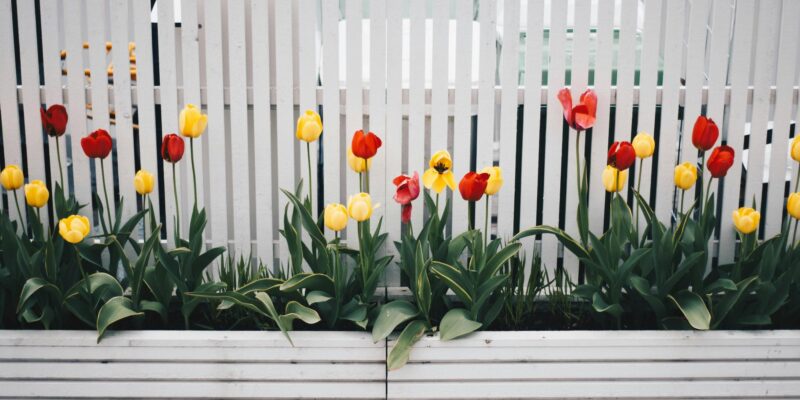
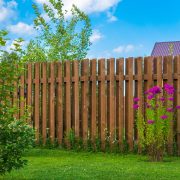
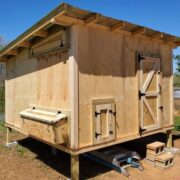
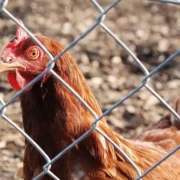
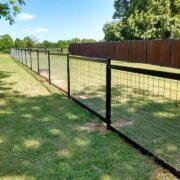
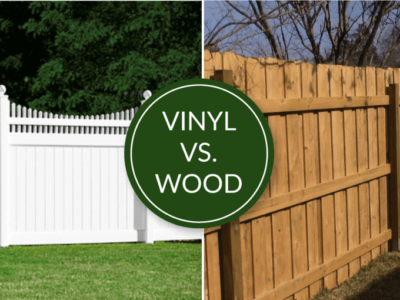
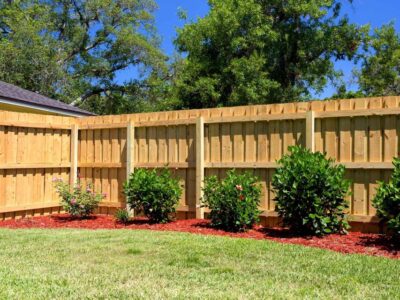
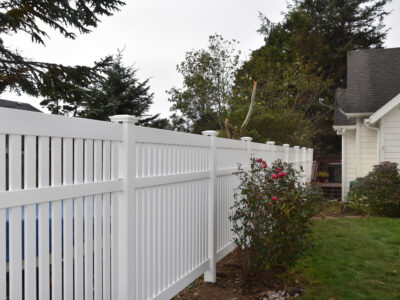
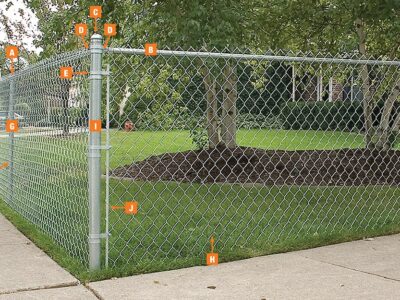
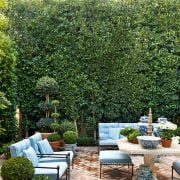
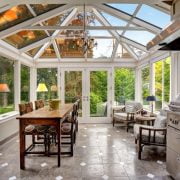
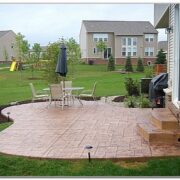
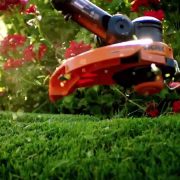
Comments